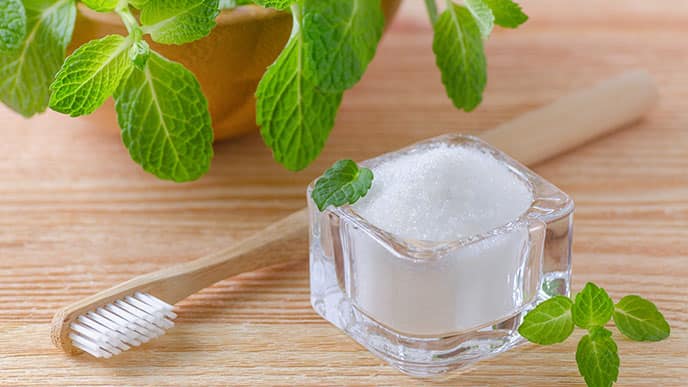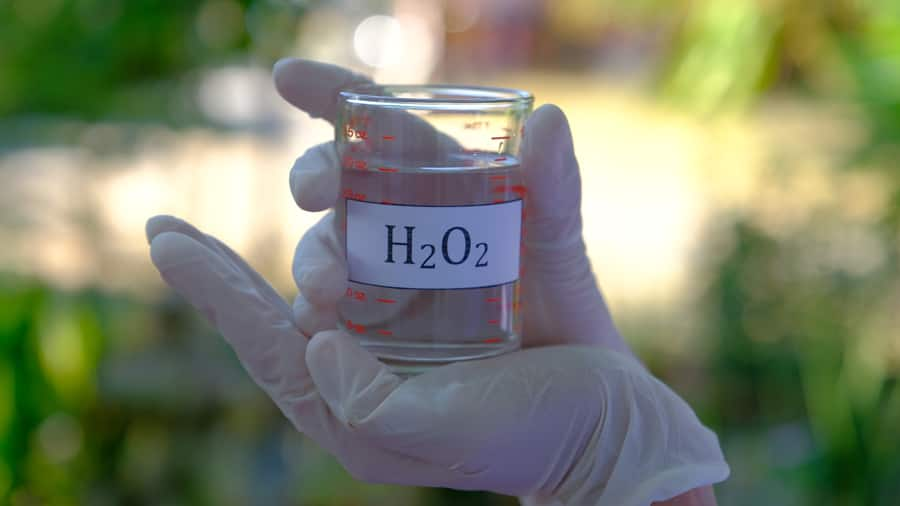You might pause near the salt toothpastes and wonder if brushing your teeth with it will really help keep them clean and healthy. Understanding what the toothpaste contains and how it can help clean your teeth and gums may help you determine if salt toothpaste is right for you.
What's in Salt Toothpaste
A key ingredient in salt toothpaste is sodium chloride, aka table salt. The salt works as a gentle abrasive, helping to remove stains from the teeth. Some salt toothpastes also contain baking soda, which is another type of salt (sodium bicarbonate).
One ingredient that is often missing from salt toothpastes is fluoride, which is itself a type of salt. As the Indian Dental Association (IDA) points out, fluoride plays a big role in helping prevent cavities. The mineral helps strengthen teeth and rebuild enamel. In order for a toothpaste in India to earn the seal of approval from the IDA, it must contain fluoride.
Using the Toothpaste
The directions for using salt toothpaste are slightly different from how you would brush your teeth with a fluoride toothpaste. When you brush your teeth with a fluoride toothpaste, you first wet the brush, then squeeze a small amount of the toothpaste. When you brush with a salt toothpaste, the brush should be dry when you add the toothpaste to it. If the brush is wet, the toothpaste will slip right off and you won't get the results you want.
How Does Salt Help Your Mouth?
Salt can help your teeth and gums in a few ways. First, salt helps stimulate the production of saliva in the mouth. As the National Institute of Dental and Craniofacial Research notes, saliva contains several minerals that help strengthen the enamel on the teeth, including phosphate and calcium. The increased flow of saliva can help protect the teeth from acids and bacteria that cause decay. Salt can also help reduce inflammation and swelling in the gums, thus minimising gingivitis symptoms.
Brushing with Salt vs. Using Toothpaste
If using a toothpaste that contains salt can help keep your teeth clean, would you be able to save money and get the same results by simply dipping your toothbrush in some sea salt? Not quite. Salt toothpastes typically contain a number of other ingredients, such as glycerine, silica and resins, that results in a paste-like consistency. The mix of ingredients helps make the toothpaste less abrasive on the teeth. In contrast, salt on its own is going to be very abrasive and may damage the enamel.
Before you switch toothpastes and give up on using one that contains fluoride, talk to your dentist. He or she will be able to help you choose the best toothpaste for your specific needs and can provide guidance on the ways to brush and floss for optimal oral health.
This article is intended to promote understanding of and knowledge about general oral health topics. It is not intended to be a substitute for professional advice, diagnosis or treatment. Always seek the advice of your dentist or other qualified healthcare provider with any questions you may have regarding a medical condition or treatment.
ORAL HEALTH QUIZ
What's behind your smile?
Take our Oral Health assessment to get the most from your oral care routine
ORAL HEALTH QUIZ
What's behind your smile?
Take our Oral Health assessment to get the most from your oral care routine










